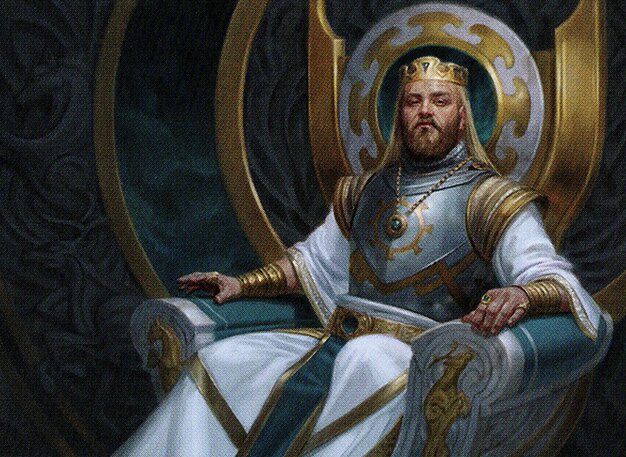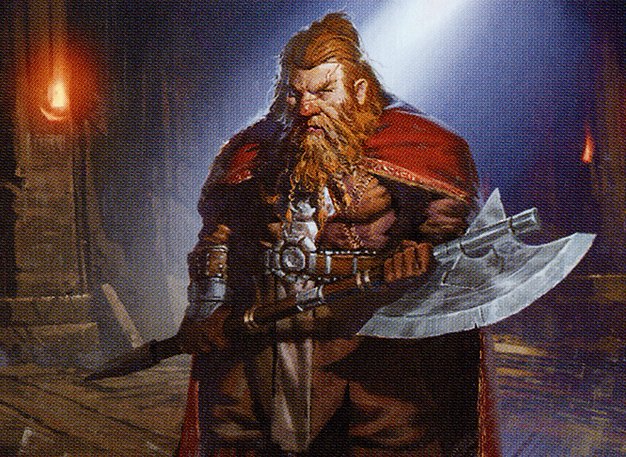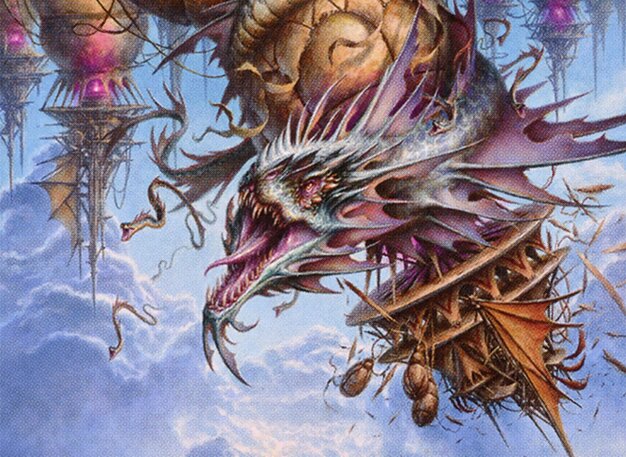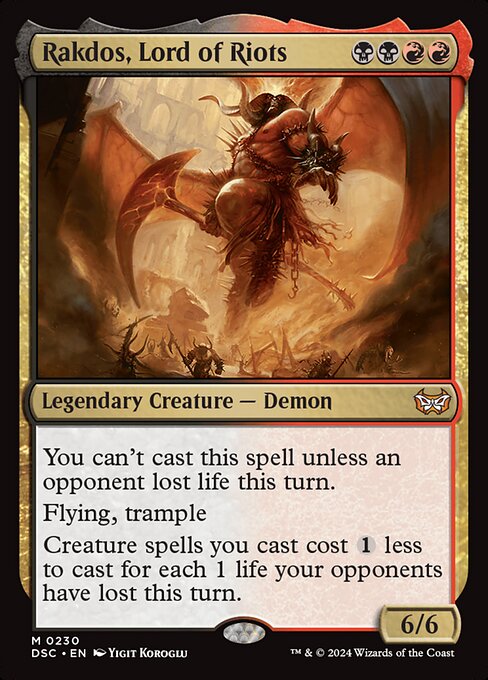Deck & Commander Strategies

Kenrith, the Returned King
A morph tribal and versatile control deck leveraging Kenrith’s ability to manipulate creatures and life totals to adapt to threats, aiming for a flexible late-game dominance.

Torbran, Thane of Red Fell
An aggressive red deck focusing on maximizing damage output by boosting the power of red sources and punishing opponents with small, low-toughness creatures.

Xyris, the Writhing Storm
A wheel and token generation deck that creates snake armies and uses incremental burn and ping damage to wear down opponents over time.

Rakdos, Lord of Riots
A creature swarm deck that leverages damage dealt by opponents to cast large threats cheaply, attacking aggressively with small fiends and ramping into big creatures.
Gameplay Insights
- 1
Targeting Torbran early was a priority due to his ability to amplify damage on small creatures, making low-toughness creatures a liability.
- 2
Rakdos’s strategy of deploying many small creatures to trigger his commander’s cost reduction created strong board presence but was vulnerable to mass removal.
- 3
Kenrith’s deck utilized morph creatures and flexible abilities to adapt to board states, often playing a reactive game to survive early aggression.
- 4
Xyris’s use of wheel effects to generate snake tokens provided a steady stream of blockers and chip damage, enabling sustained pressure throughout the game.
- 5
The multiplayer dynamic emphasized threat assessment, with players balancing offensive actions against preserving resources to respond to others’ plays.
Notable Cards
-

Kenrith, the Returned King
-

Torbran, Thane of Red Fell
-

Xyris, the Writhing Storm
-

Rakdos, Lord of Riots
Gameplay Summary
The Commander game featured four players piloting distinct decks: Kenrith, the Returned King; Torbran, Thane of Red Fell; Xyris, the Writhing Storm; and Rakdos, Lord of Riots.
The gameplay was marked by typical multiplayer dynamics where players evaluated threats and targeted accordingly, with Torbran's aggressive red strategy posing a significant threat to decks relying on smaller creatures.
Early turns involved strategic development and ramping, especially for Rakdos, who focused on deploying and attacking with smaller creatures to gain value and transition into larger threats.
Kenrith’s deck, centered around morph creatures and versatility, played a slower, more reactive game plan, aiming to outlast or pivot into powerful late-game plays.
Xyris leveraged a combination of wheel effects and token generation to build board presence and apply incremental pressure through burn and ping effects.
The interplay of aggressive damage from Torbran and Rakdos contrasted with the adaptive and control elements from Kenrith and Xyris, leading to tense board states and multiple attempts to clear or stabilize the battlefield.
The game’s pivotal moments revolved around managing Torbran’s damage output and Rakdos’s swarm tactics, with the morph mechanics and wheel-driven snake tokens from Xyris adding layers of complexity.
The game was a showcase of varied strategies and highlighted the importance of threat assessment and timing in Commander multiplayer games.













![Commander VS S7E8: Wrexial vs Rakdos vs Zur vs Feldon [MTG] thumbnail](https://i.ytimg.com/vi/uShPuN5yal8/sddefault.jpg)
![Commander VS S4E5: Rakdos vs Geist vs Bosh vs Wrexial [MtG: Multiplayer] thumbnail](https://i.ytimg.com/vi/u4s3IlCLlpk/sddefault.jpg)














![Commander VS S17E4: Linden VS Syr Konrad VS Kenrith VS Torbran [EDH] thumbnail](https://i.ytimg.com/vi/PvUddo1rzeo/sddefault.jpg)
![Commander VS: Ghoulcaller Gisa VS Torbran VS Chulane VS Sisay [From SCGCON] thumbnail](https://i.ytimg.com/vi/D0eveMMHDz0/sddefault.jpg)


![Season Finale Fan Special [Commander VS 305] | Magic: the Gathering Commander Gameplay thumbnail](https://i.ytimg.com/vi/4VCbfC4ADDk/sddefault.jpg)

